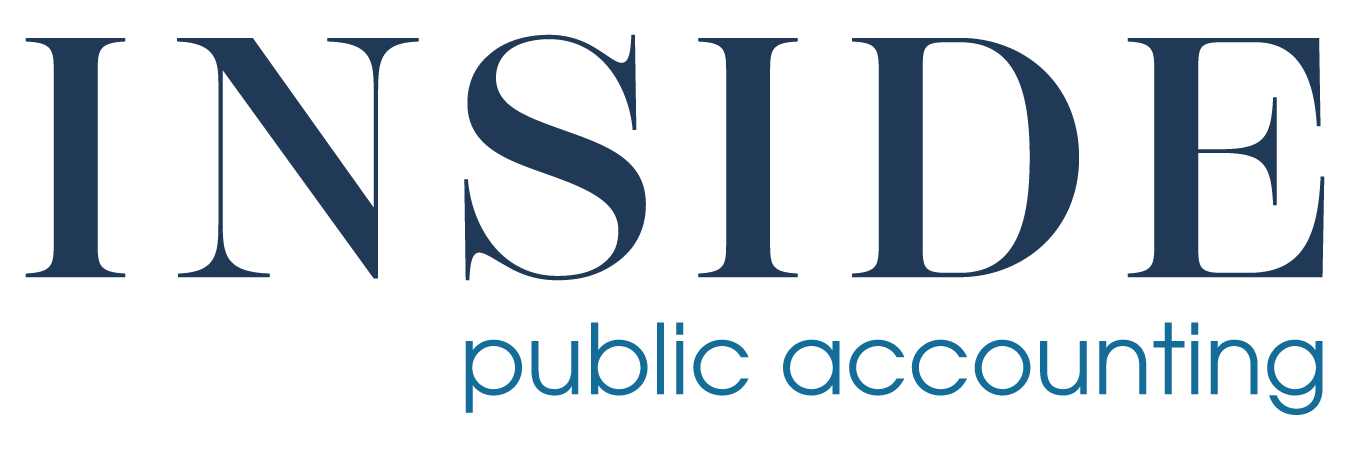Want more great content like this? Subscribe to the IPA Monthly.
In all the discussions about various pricing methods over the years, one question recently sprung to mind: When did accountants start billing by the hour anyway, and why?
It turns out we can blame Reginald Heber Smith, a Harvard graduate and attorney who led the Boston Legal Aid Society from 1914 to 1918, according to multiple sources.
At that time, efficiency was a hot topic, and Smith was managing and staffing 2,000 legal aid cases a year on very little money. Smith turned to what is now considered the most influential management book of the 20th century, The Principles of Scientific Management. Author Frederick Winslow Taylor was well known for time-and-motion studies starting in the late 1800s to boost productivity in factories.
Using Taylor’s concepts and drawing upon his own experience in improving management and increasing efficiency at Boston Legal Aid, Smith created timesheets and brought them to his role as MP of Hale and Dorr (now WilmerHale) from 1919 to 1956.
Smith wrote: “Actually nothing could be simpler than a form on which you wrote the name of the client, the name of the case (because a client may have several cases in the office at the same time), a brief description of the work you did, and the time you spent doing it,” according to an article by WilmerHale, which referenced Smith’s memos. The timesheet, he believed, should be divided into six-minute increments. “I fixed that for the reason that I can more easily add, subtract and divide on the decimal system.”
Selling the idea to his partners was an uphill battle, however. “To them, any system of time measurement smacked of the Taylorist industrial assembly line, its workers performing their tasks like automatons as an officious manager stood by with a stopwatch.”
Eventually they accepted timesheets, which were originally meant for internal planning and budgeting, but became a “fair, logical, transparent and indisputable method for valuing legal services,” according to WilmerHale. Previously, lawyers charged flat fees or used minimum-fee schedules put out by state bar associations.
Smith detailed his ideas in 1940 in Law Office Organization, still today one of the most widely disseminated pamphlets of the American Bar Association, according to Center on the Legal Profession at Harvard Law School.
Accounting adopted the concept from the legal profession, and hourly billing became the standard by the 1950s and 1960s, but is it as fair and efficient as Smith believed? Accounting firm leaders have been debating which is the best method – value pricing, fixed-fee pricing, retainers, commissions or the latest idea, subscriptions. But will the billable hour ever die? Time will tell.
This article originally appeared in the October 2021 edition of INSIDE Public Accounting. To subscribe to INSIDE Public Accounting Monthly click here.
